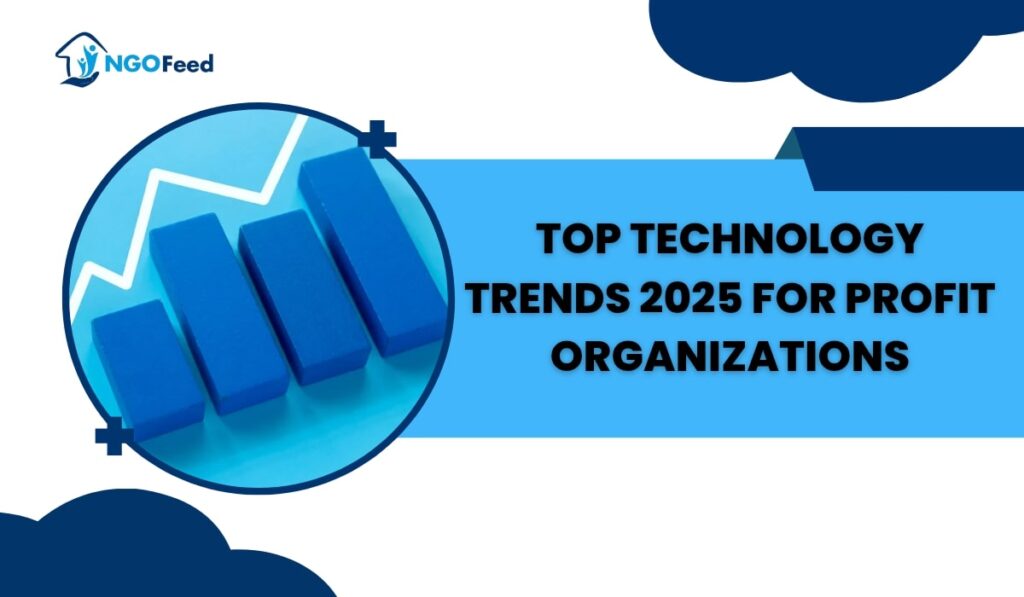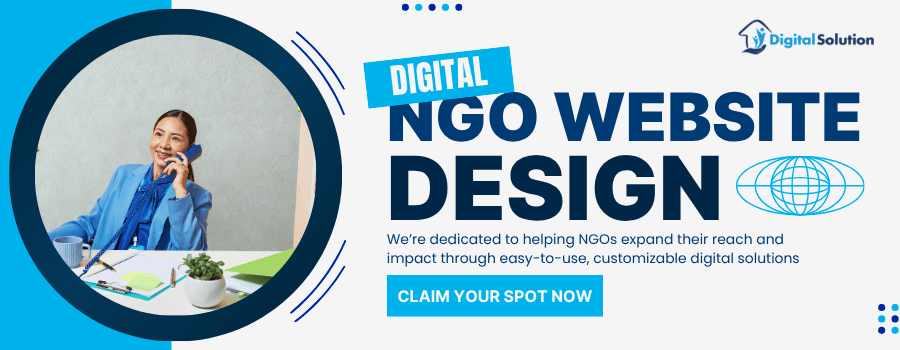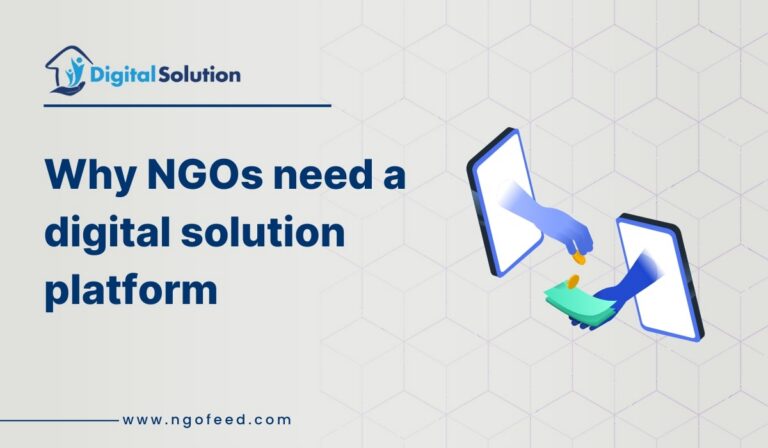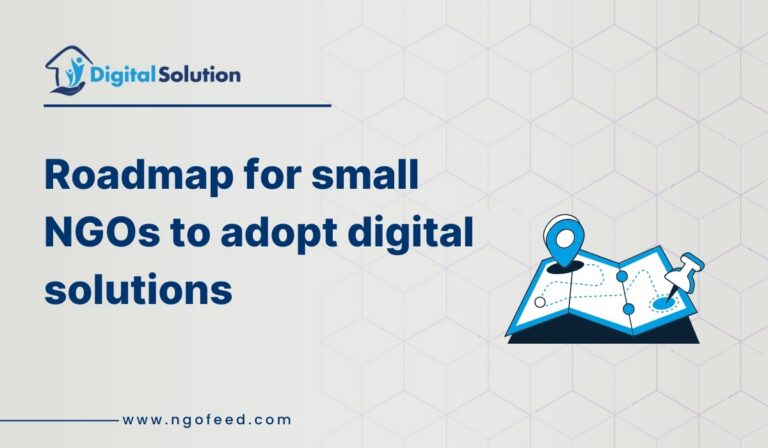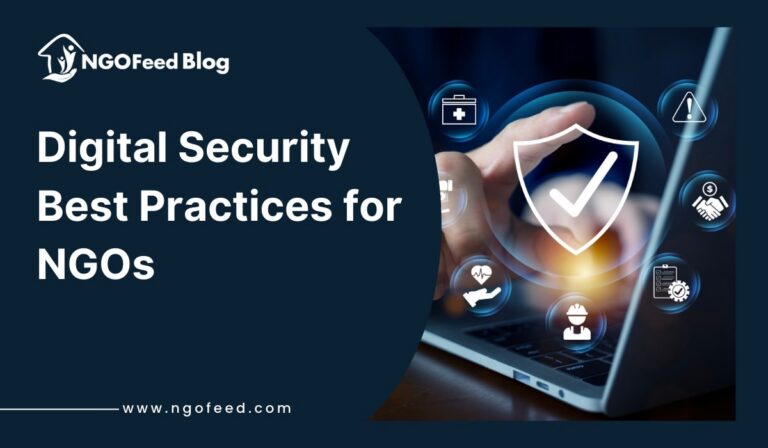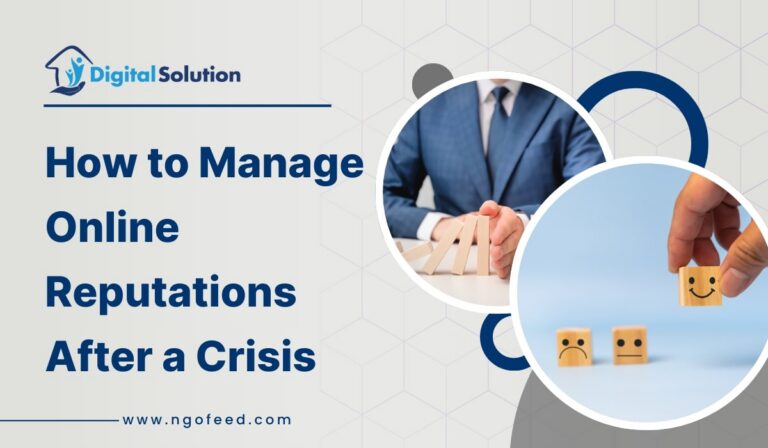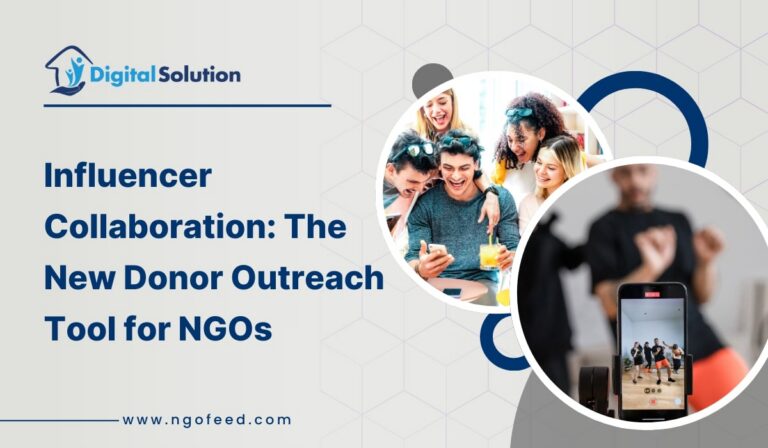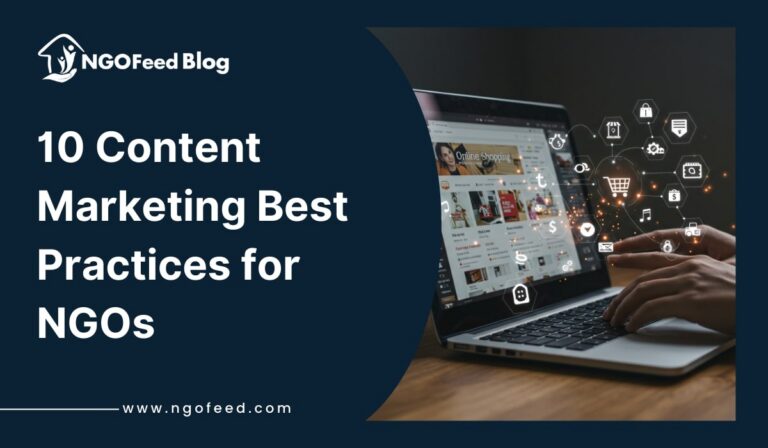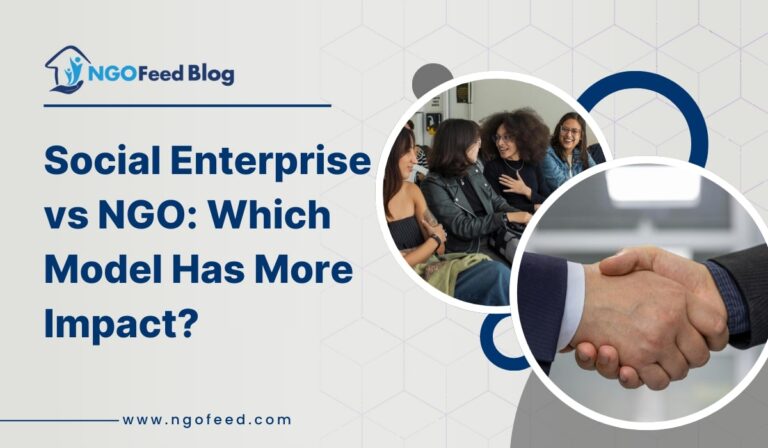Top Technology Trends 2025 for Nonprofit Organizations: Digital advancements have continued to disrupt the functioning of organizations and the non-profit organization is not an exception to this. Non-profit organizations are expected to continue to leverage some of the advancements in technology to increase their impact as they prepare for 2025. Technology is no longer a secondary business tool; it has become a driver that brings unprecedented opportunities for non-profits to achieve more with less.
Regarding the technological opportunity here are examples of technologies that exist at the moment and can be used by non-profit organizations: It can be mundane things such as automating common office work, to more complex ones such as managing and retaining donors through better communication or using AR/VR for telling better stories.
This article discusses the most popular technologies that can affect non-profit organizations in 2025 to consider them as significant and useful for society. With the streak of digital tools rising to the roof, non-profits can no longer avoid these trends waiting for things to favor them this is especially important in an era where agility, innovation, and data-based decisions make the difference. Swim over to learn how your organization can swim with these transformational technologies.
Table of Contents
Artificial Intelligence (AI) and Machine Learning
AI and ML are transforming the entire environment in which non-profit organizations function as they support better decision-making processes and contribute to efficiency growth at the same time improving communication with stakeholders. By the year 2025, these technologies are crucially in a position to support non-profit organizations to expand their efforts as well as make productive decisions that easily enhance the effectiveness of their mission.
Also Read: Harnessing AI for Nonprofits
Improving Decision Making And Productivity
In non-profits, many times administrative tasks consume a lot of time, while the same work done by AI can save a lot of time and redirect the focus toward more important issues. AI can help overcome operational limitations; from using artificial intelligence in donor communication and volunteer management. Related to this, AI is valuable also in providing analytical insights in case of using data to look for patterns in the behaviors regarding donation or in case of campaigning, it is useful to predict its success.
Personalized Donor Engagement
AI technology can enable non-profit organizations to provide appropriate experiences to donors based on their preferences, their past financial contributions, and their level of interaction. Big data helps non-profit organizations to develop effective and individualized campaigns of donations asking with the help of machine learning algorithms. Such customized messages as custom newsletters and messages with related suggestions about the donation amount also increase the level of donors’ satisfaction and likelihood to give again.
Artificial intelligence in Fundraising and Campaigns
It also expands to the domain of fundraising as AI tools can be used for scenario prediction of the donors, for the optimizing of the fundraising campaigns, and even the improvement of event planning. Because of big data analytics, AI will be able to recommend when to launch a fundraising campaign, whom to direct the campaign towards, and how much to ask from specific donors based on previous campaign results. In addition, conversational AI can automatically handle donor inquiries in real-time, which is convenient and valuable for donors.
Also Read: How Digital Solutions Can Change Your NGOs Impact
It’s essential for all non-profit organizations as AI and ML technology gets easier for non-profits of different sizes and solves the problem of scaling and increasing efficiency for them.
Blockchain Technology
One of the benefits of using blockchain technology is it gives non-profit organizations a strong and effective way of providing safe and transparent organizations. As will be mentioned throughout this paper, blockchain can be used for transactions, donations, and record-keeping to help non-profits develop trusting relationships with their supporters.
Blockchain enables tracking of donated funds in real-time, thus, the usage of funds can also be traced. Smart contracts can self-execute contracts thus easing the burden of docket entries and greatly decreasing fraud. Furthermore, using blockchain technology, secure and immutable storage of data is allowed, meaning that Donor’s data is protected. Non-profits are one area where getting a better level of operating efficiency and openness could be of real advantage by using blockchain when it becomes more accessible.
Data Analytics and Big Data
Data analytics and Big Data benefit non-profits as they allow these organizations to make logical, profitable decisions upon the results of extensive research based on extensive data files. The donator behaviors, the success of a campaign, and the overall trend in the society are essential data that are crucial in gaining perception in an organization.
Big Data enhances the proper distribution of resources so that resources can be used resourcefully and funds be directed to the right projects. However, with the help of data analytics non-profit organizations can define the effectiveness of the campaigns, set goals, and define what improvements can be made. It will be seen that data holds the potential to assist non-profit organizations in their quest to help their communities.
Also Read: Nonprofit Branding
Cloud Computing and Collaboration Tools
They help non-profits to conduct their activities in a better, more efficient manner especially when staff is working from home or is under a hybrid setup. This makes cloud services offer expandable storage solutions as this makes it possible for an organization to accommodate large amounts pf data without necessarily requiring more elaborate hardware. Other SaaS such as Slack, Zoom, and Microsoft Teams enable communication and effective working relations when participating staff is geographically apart.
They also help non-profits to keep themselves organized as well as monitor the progress of many different initiatives at one given time. It is undeniable that the usage of cloud solutions will enhance situational competence and organizational flexibility, and at the same time, will minimize the expenditures for non-profit organizations and promote better coordination and communication with their members and partners.
Virtual Environment and Augmented Environment
Virtual Reality (VR) and Augmented Reality (AR) are innovative concepts that have influenced the methods that non-profit organizations apply in communicating with their supporters and creating awareness for their causes. This means that VR can give a potential donor or volunteer a chance to get a firsthand feel of a cause making it far more tangible and compelling.
AR is a good tool to apply in marketing communications since it can educate the consumer while promoting the product. Non-profits can also adopt the use of AR and VR to conduct virtual campaigns or fundraising that will enable potential donors a unique way to support the non-profit’s mission. As these technologies become more widespread, non-profit organizations could employ them to design highly effective events that emotionally captivate the consumers and make them pick the non-profit cause by donating more.
Also Read: Benefits Microsoft 365 for Nonprofits
Social Media and Digital Marketing Innovations
New media particularly social media and other forms of digital marketing are still relevant when it comes to the use by non-profit organizations to create awareness of new projects as well as ensure that current projects are supported by as many people as possible. New tools and techniques to take place in the year 2025 are expected to further advance non-profit’s acceptance on the Internet. By utilizing the possibilities of artificial intelligence, organizations can find out how to convey the most significant number of messages with the application of hashtags.
Social media influence and SMM advocacy will be more relevant as they can help achieve more authentic campaigns. Also, lending improvements in social media applications—particularly with the integration of donation options and the features of live streaming—give non-profits innovative means to fundraise and communicate with the public. By implementing these innovations non-profits will be able to achieve high results in terms of visibility, engage supporters, and build funds.
Cybersecurity and Data Privacy
Non-profits will continue to deal with escalating volumes of data in the form of records and thus security and data privacy form the core of safeguarding the donors’ details and information. Local non-profits do not have adequately sound security systems to protect personal information from leakage. The use of MFA, encryption, and secure payment gateways must be a great way of increasing data security.
Also, the management of data will have to ensure they meet the provisions of GDPR to avoid legal consequences, as well as retain the confidence of the donors. Non-profits are also not immune to cyber threats; therefore; they cannot afford to ignore cybersecurity as a way of protecting the organizations and their stakeholders’ information.
Also Read: Facebook Grants for Nonprofits
Conclusion
The future for non-profit organisations is in harnessing technology to support and promote the mission, drive greater effectiveness and increase the organisations, reach. Non-profits can work smarter, more transparent, and with higher accuracy when using AI, blockchain, data analytics, and other new technologies. The organizations must follow the technological breakthroughs not to merely mimic other organizations, but to also ensure that the technological revolutions are relevant to their goal and objectives set by the organizations.
There are three goals of this subject:
1) ensure that contingent on IT’s integration, the non-profits could reach more susceptible individuals in their respective communities and deliver more valuable services to their constituents;
2) ensure that IT’s integration has helped non-profits succeed in their missions and increase the overall impact within their targeted audiences; and
3) ensured that the IT increase the ability of non-profits to become sustainable entities. Rather, non-profits can only ascend to the challenges and opportunities of a digital ecosystem.

